The story of the National Oceanic and Atmospheric Administration’s (NOAA) in the first six months under the second Trump administration is a cautionary tale of how not to reform government. Just in time for hurricane Erin, Neil Jacobs—the administration’s nominee to lead NOAA—announced plans to begin rehiring employees who had left during the period when Elon Musk’s Department of Government Efficiency (DOGE) was rapidly downsizing the agency.
What explains this shift from a Trump nominee who is not yet confirmed but whose nomination has been reported favorably out of a committee of Republican senators? Has the administration’s approach to NOAA changed?
The turning point came earlier in the summer, when flooding in Texas killed at least 135 people, including little girls at a camp. Immediately, two agencies faced heightened scrutiny: NOAA, which monitors weather and issues warnings of severe events, and FEMA, which provides financial assistance and support when disasters overwhelm first responders. Both had been DOGE’d—understaffed, underfunded, and experiencing leadership challenges—when tragedy struck.
The current debate over NOAA’s future draws in part from ideas outlined in the Heritage Foundation-sponsored “Project 2025.” To its authors, NOAA was less a provider of vital weather data and warnings than an institution aligned with climate advocacy, and thus a candidate for significant cuts. Their perspective is summed up in the following:
Together, these [subsections of NOAA] form a colossal operation that has become one of the main drivers of the climate change alarm industry and, as such, is harmful to future U.S. prosperity. This industry’s mission emphasis on prediction and management seems designed around the fatal conceit of planning for the unplannable. That is not to say NOAA is useless, but its current organization corrupts its useful functions. It should be broken up and downsized.
Perhaps recognizing the risks of allowing ideology to override a critical federal function, Howard Lutnick was nominated as Commerce Secretary and publicly disavowed the Project 2025 plan. Still, his position did not prevent the DOGE team assigned to NOAA from moving forward. Arriving in early February, two weeks before Lutnick’s confirmation, the team demanded access to mission-critical databases and announced plans to cut 50% of the personnel and 30% of the budget. In addition to dismantling diversity, equity, and inclusion (DEI) programs, they removed references to climate change from NOAA’s website. By the end of February, roughly 880 employees—including many leading scientists and forecasters—had received termination notices. By early March, the New York Times reported that between layoffs and resignations, NOAA stood to lose about 20% of its workforce.
As March wore on, the Commerce Department (which oversees NOAA) announced it was reinstating 791 employees across the agency. At the same time, however, rumors spread that NOAA would be required to “identify an additional 1,029 positions for potential termination.” On April 1, news outlets reported that more than 1,000 NOAA staff were expected to be laid off.
Amid this uncertainty, growing numbers of employees opted for early retirement or buyouts—a pattern that was being repeated throughout the federal government. Many reasoned that it was better to leave on their own terms than risk being fired later. By the end of April, NOAA confirmed it had received more than 1,000 such requests.
If the list of conflicting announcements is difficult to follow, imagine how disorienting it was for the average NOAA employee. The uncertainty quickly began to affect NOAA’s core mission: forecasting the weather. Nationwide, 92 weather stations launch weather balloons. According to NOAA, “The weather balloon remains the best platform for observing temperature, wind, relative humidity, and pressure above the ground. Weather balloons carry an instrument called a radiosonde, which is tracked by specialized ground equipment.” With help from other sources, data from weather balloons allow experts to predict hurricanes, floods, snowstorms, and other serious events. During the first seven months of the Trump administration, this system experienced repeated disruptions, most often due to a shortage of personnel.
- Weather balloon launches were suspended in Albany, New York, and Gray, Maine.
- Weather balloon launches were ended in Kotzebue, Alaska.
- Layoffs hit the Pacific Tsunami Warning Center in Hawaii.
- Planning was in place to end leases for the construction of key weather buildings.
- Balloon launches were suspended in Omaha, Nebraska, and Rapid City, South Dakota.
- Balloon launches were cut from twice daily to once daily in Aberdeen, South Dakota; Grand Junction, Colorado; Green Bay, Wisconsin; Gaylord, Michigan; North Platte, Nebraska; and Riverton, Wyoming.
- Nearly half of all weather offices are currently missing 20% of their staff.
- The New York Times reports that some of the weather service’s departments will no longer have weather forecasters working overnight.
In early June, a NOAA spokesperson said that the agency had received an exemption from Trump’s hiring freeze and would be bringing on “mission-critical” staff. Following the Texas floods, the White House authorized NOAA to hire “meteorologists and other specialists for 126 vacant positions in depleted forecast offices around the country.” Yet a week later, the jobs had not been posted. Filling these roles will take time, given the advanced training required—meteorologists typically hold at least a bachelor’s degree, and often a master’s or doctorate. In the meantime, NOAA operations will remain significantly reduced, and weather forecasting will suffer as a result.
My ongoing research shows that the NOAA story outlined above will be repeated throughout the federal government. Across-the-board cuts cannot work in the absence of a clear strategy for continuing critical missions and retaining essential personnel. The weather service can and should be modernized, and AI and other emerging technologies hold promise for improving operations. But the same cuts that reduced the number of forecasters also undermined research needed to modernize NOAA. Instead of strengthening their core functions, the effects of DOGE have weakened agency performance and eroded the talent pool. A striking number of agencies, like NOAA, are now wasting valuable time rebuilding processes they themselves dismantled.
The Brookings Institution is committed to quality, independence, and impact.
We are supported by a diverse array of funders. In line with our values and policies, each Brookings publication represents the sole views of its author(s).
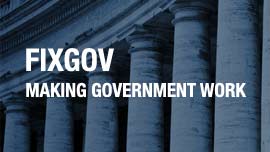

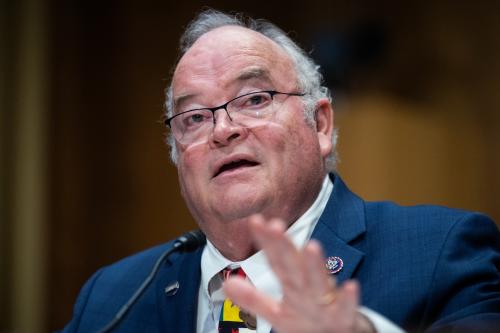
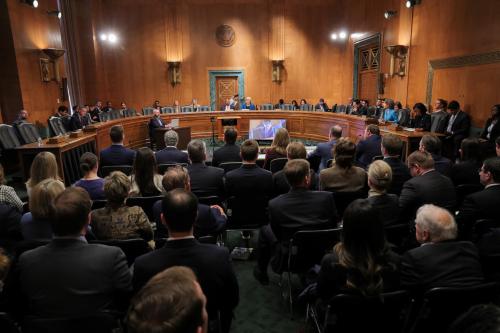


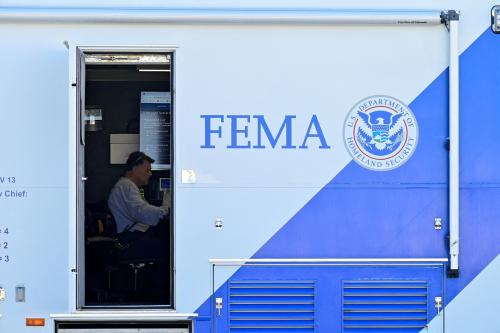
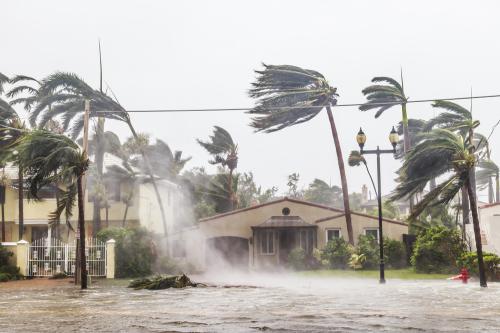
Commentary
How politics is weakening America’s weather service
August 21, 2025